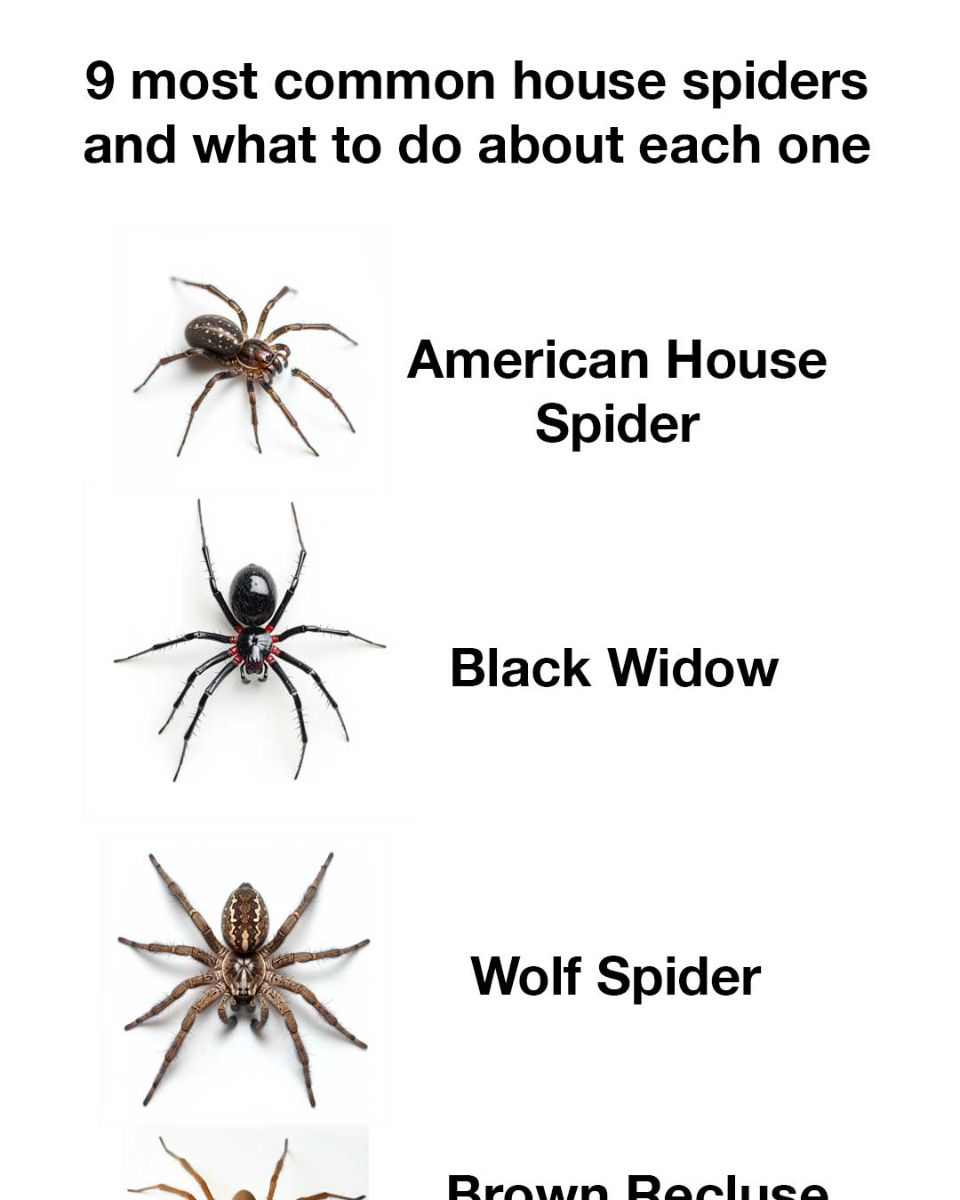ADVERTISEMENT
If you find a black widow spider, exercise extreme caution due to their venomous bite. It’s best to contact a pest control professional to safely handle infestations. Keep your home free of clutter and regularly inspect areas like garages and basements. Wear gloves when moving items stored in these spaces.
Understanding the Wolf Spider
Wolf spiders are large and hairy, with a robust, athletic build. They are usually brown or gray with distinct stripes or markings on their backs. Unlike other spiders, wolf spiders do not spin webs; they are active hunters and are often seen on the ground.
Preventing Wolf Spider Presence
To discourage wolf spiders from entering your home, keep your yard tidy and free of debris. Seal cracks and gaps around doors and windows. Inside your home, reduce clutter, especially in basements and around entry points. Regular vacuuming can help remove any spiders that may have made their way indoors.
Identifying the Yellow Sac Spider
Yellow sac spiders are small, with pale yellow or beige bodies and slightly darker legs. They are nocturnal and prefer to hide in silk sacs during the day, which they create in corners of walls, ceilings, or in folded leaves of houseplants.
Controlling Yellow Sac Spider Activity
If you notice yellow sac spiders in your home, focus on regular cleaning and reducing clutter, especially in corners and near the ceiling. Use caulk to seal entry points around windows and doors. Yellow sac spiders can be aggressive, so consider using sticky traps to capture them.
Features of the Jumping Spider
Jumping spiders are small, typically black or brightly colored, with short legs and a compact body. They are known for their excellent vision and distinctive, jerky movement. These spiders do not spin webs to catch prey but instead rely on their agility to hunt.
Dealing with Jumping Spider Intrusion
To handle jumping spider intrusions, ensure your home is well-sealed by checking windows, doors, and any other potential entry points. Reduce clutter, especially in places where these spiders might hide, such as behind furniture or in stacks of stored items. Regularly dust and vacuum to remove any spiders you might find.
Recognizing the Cellar Spider
Cellar spiders, also known as daddy-long-legs, have very long, thin legs and small, elongated bodies. They are usually light brown or gray. These spiders are commonly found in damp, dark areas, such as basements, cellars, and crawl spaces, where they build loose, irregular webs.
Managing Cellar Spider Populations
To manage cellar spider populations, keep your basement or cellar dry and well-ventilated. Use dehumidifiers if necessary. Regularly sweep or vacuum corners where these spiders are likely to build webs. Sealing cracks and crevices can also help prevent them from entering your home.
Understanding and Controlling the Hobo Spider
Hobo spiders are brown with a herringbone pattern on their abdomens. They are often mistaken for brown recluses but lack the violin-shaped marking. Hobo spiders build funnel-shaped webs and are often found in basements, crawl spaces, and around foundations.
Handling Hobo Spider Activity
To control hobo spiders, reduce clutter in basements and crawl spaces and keep these areas dry. Use caulk to seal cracks and gaps around foundations and windows. Sticky traps can be effective in capturing these spiders. If you suspect a significant hobo spider infestation, seeking professional pest control advice is recommended.
ADVERTISEMENT
